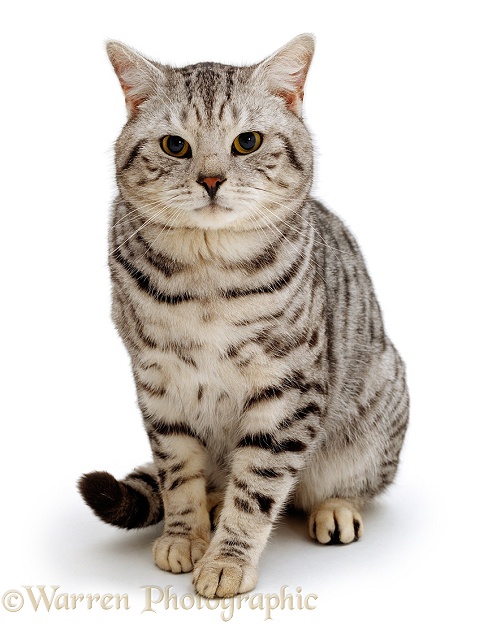
The lovers of the breed worked hard to see it continue, however, and eventually, their popularity regrew. This, together with the advent of longhaired breeds such as the Persian, saw the numbers of British Shorthairs drop to dangerously low levels. However, during World War I, the breed’s popularity fell out of favor due to the hardships many people suffered. The first-ever cat show in London’s Crystal Palace (founded by Harrison Weir) had a British Shorthair win first place and got the breed into the spotlight. When the breed was established in 1870, it immediately began to gain popularity in Britain. How Tabby British Shorthairs Gained Popularity Credit: Dmitrij Skorobogatov, Shutterstock The earliest record of British Shorthairs in the US was a male red tabby, registered as the first of his breed in 1901. By the 1900s, the tabby British Shorthair had made its way to the US. However, other coats, including all colors of the tabby marking, were also allowed. In the 19th century, selective breeding began to refine the breed, focusing on their signature blue coats. These pairings produced the first tabby British Shorthair cats. The imported cats mated with the European cats in the area, which sported the classic tabby markings we see on many cats today. They were kept in Roman camps, possibly to clear pests and vermin, and they bought these cats with them to their settlements. In their earliest forms, British Shorthairs were imported by Romans in the 1st century AD when they settled along the British coast. The Earliest Records of Tabby British Shorthairs in History


The round faces and soft fur make the British Shorthair a popular cat in the British Isles and around the world these cats have a rich history in the area dating back to the Roman times, making British Shorthair one of the oldest breeds around.

Tabby British Shorthairs are some of the most beautiful cats you’ll ever meet.


 0 kommentar(er)
0 kommentar(er)
